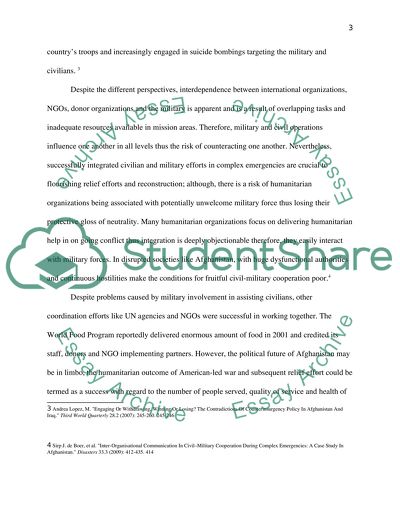Cite this document
(“NGOs, IGOs, and other international organizations in Afghanistan or Research Paper”, n.d.)
Retrieved from https://studentshare.org/history/1478448-ngos-igos-and-other-international-organizations-in
Retrieved from https://studentshare.org/history/1478448-ngos-igos-and-other-international-organizations-in
(NGOs, IGOs, and Other International Organizations in Afghanistan or Research Paper)
https://studentshare.org/history/1478448-ngos-igos-and-other-international-organizations-in.
https://studentshare.org/history/1478448-ngos-igos-and-other-international-organizations-in.
“NGOs, IGOs, and Other International Organizations in Afghanistan or Research Paper”, n.d. https://studentshare.org/history/1478448-ngos-igos-and-other-international-organizations-in.


